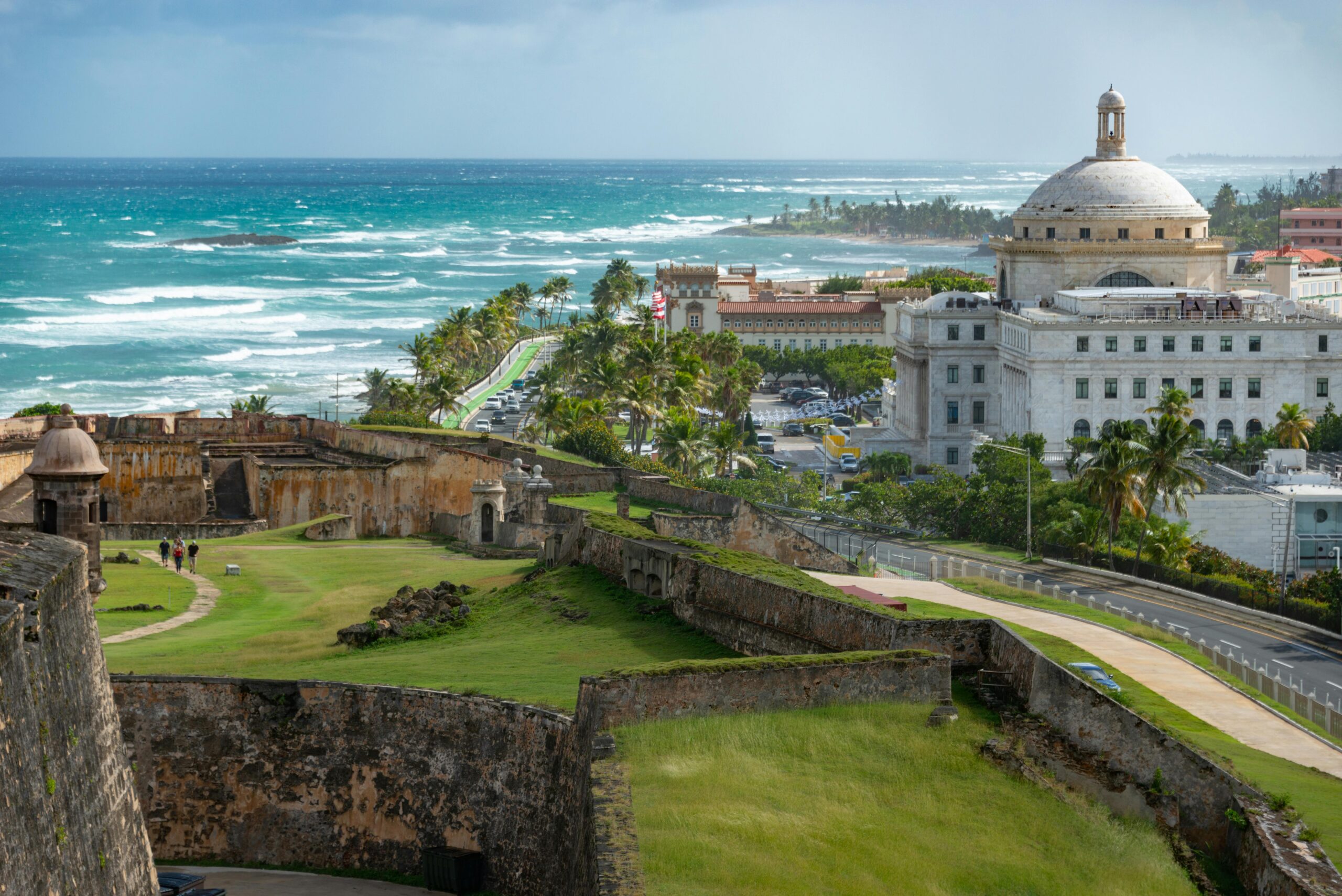Check out our ancestry reports. www.dnagenics.com
The genetic admixture of Puerto Ricans is typically a complex blend of three main ancestries: Native American (Taíno), European (primarily Spanish), and African. This reflects the island’s history, which saw the indigenous Taíno population, Spanish colonization, and the importation of African slaves.
- Native American (Taíno) Ancestry: The indigenous Taíno people were the original inhabitants of Puerto Rico. Genetic studies have shown that a significant portion of the genetic makeup of modern Puerto Ricans can be traced back to the Taíno. This contribution is more pronounced in the mitochondrial DNA, which is passed from mother to child and often shows a higher Native American influence.
- European (Spanish) Ancestry: With the arrival of Spanish colonizers in the 15th and 16th centuries, European genes were introduced to the island’s population. The majority of the European genetic contribution in Puerto Ricans is from Spain, although other European nations may have also contributed to a lesser extent over the centuries.
- African Ancestry: The transatlantic slave trade brought a significant African population to Puerto Rico. This has resulted in a notable African genetic contribution to the modern Puerto Rican population. African ancestry in Puerto Ricans is reflected in both the genetic makeup and the cultural influences seen on the island.
The exact proportions of these ancestries can vary widely among individuals and communities within Puerto Rico, and there’s been a lot of genetic mixing over the centuries. Additionally, more recent migrations and influences might also contribute to the genetic diversity seen in Puerto Ricans today. Genetic studies often reveal complex and diverse ancestries, illustrating a rich tapestry of historical and cultural interactions.
Check out our ancestry reports. www.dnagenics.com
References:





